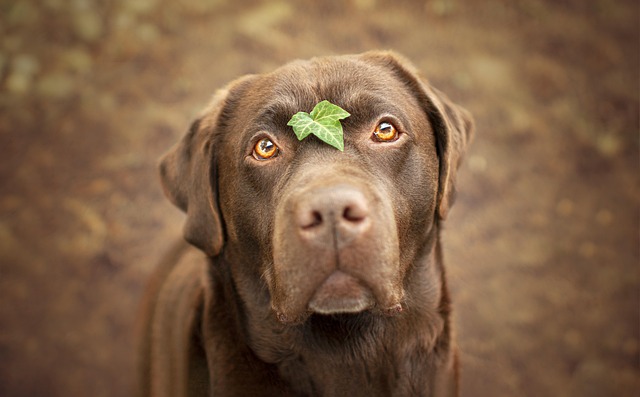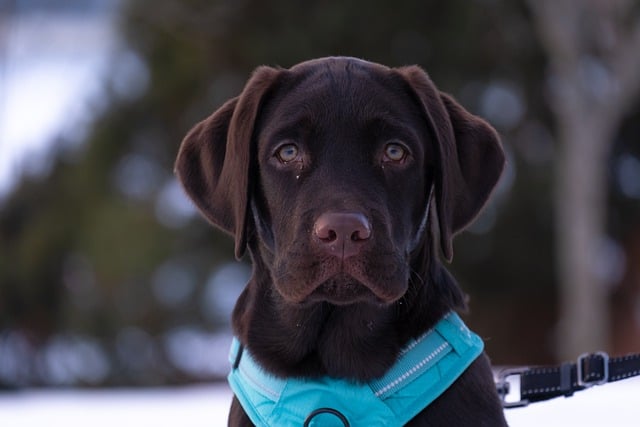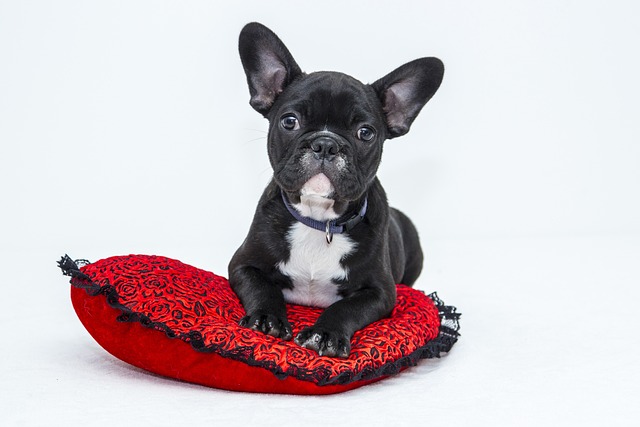
What can I use to moisturize my dog’s paws
Picture your French Bulldog, Bruno, hobbling across a salt-crusted Brooklyn sidewalk in January, licking his cracked paws as you rush him home.
Picture your Boston Terrier, Max, blinking excessively with crusty residue around his eyes after a windy walk in Chicago. That gritty discomfort might signal dry eyes (keratoconjunctivitis sicca), especially common in brachycephalic breeds. While you want immediate relief, never reach for human eye drops – ingredients like vasoconstrictors or preservatives can dangerously irritate canine eyes. Here’s how to moisturize safely while honoring your responsibilities as a U.S. pet owner.
First, schedule a vet visit immediately. Dry eyes often mask serious conditions like corneal ulcers or autoimmune disorders. Your vet will perform a Schirmer tear test to measure moisture levels and prescribe veterinarian-approved dog eye drops or artificial tears specifically formulated for canine pH balance. Human saline solutions? Only acceptable for emergency debris flushing under direct vet guidance – they lack essential lubricants. For mild irritation between vet visits, dampen a soft cloth with lukewarm filtered water to gently wipe away discharge from the outer corner inward. Never use cotton swabs near the eyeball!
When applying prescribed moisturizers, warm the bottle in your hands first – cold drops startle dogs. Cradle Max’s chin, tilt his head up, and squeeze one drop onto the eyeball’s surface without touching the dropper to his eye. If he flinches, use positive reinforcement techniques: reward calmness with turkey bits before and after application. Yanking his collar or pinning him down (considered abusive under modern U.S. animal welfare standards) creates lasting trauma. For squirmy pups, smear peanut butter on your fridge door as a distraction – it’s a fear-free handling trick gaining popularity among Los Angeles trainers.

As you manage Max’s eye health, remember broader obligations. In your apartment building, avoid fragrant cleaners near his bedding – airborne chemicals worsen dry eyes. During walks in shared spaces like Seattle’s Discovery Park, always carry biodegradable bags. Promptly scooping dog poop isn’t optional; it’s legally enforced nationwide to prevent toxocariasis transmission. Keep Max leashed in public – impaired vision from dry eyes might make him bump into strangers. Crucially, ensure his rabies vaccination is current; all 50 states mandate this, and stress from eye pain could heighten reactivity during vet checks.
Long-term care requires environmental tweaks. Run a humidifier during dry Midwest winters to combat low indoor moisture. Trim facial hair blocking Max’s vision (use rounded-tip scissors with a partner distracting him). Feed omega-3 rich diets like salmon oil supplements to support tear production – but discuss dosage with your vet first. If redness persists, request a fluorescein stain test to rule out scratches. Remember: consistent eye care isn’t just comfort – it’s your ethical duty under the "Five Freedoms" framework embraced by U.S. shelters, ensuring freedom from discomfort and pain.

Picture your French Bulldog, Bruno, hobbling across a salt-crusted Brooklyn sidewalk in January, licking his cracked paws as you rush him home.

You’re out for a morning walk, and your pup suddenly stops, lifting a paw like it hurts. When you kneel to check, you notice their paw pads—usually tough and rubbery—are dry, cracked, and flaking.

Picture your Boston Terrier, Max, blinking excessively with crusty residue around his eyes after a windy walk in Chicago. That gritty discomfort might signal dry eyes (keratoconjunctivitis sicca)

You’re relaxing after work when your Beagle, Daisy, paws frantically at her ear, whining as brownish gunk stains your apartment’s rug.

Discovering your dog constantly shaking their head, scratching their ears, or noticing an unusual odor is worrying.

It’s a common scene for new dog owners: you’re tossing a ball in the backyard, and as your pup races back, tail wagging a mile a minute, they suddenly grab your arm with their mouth.